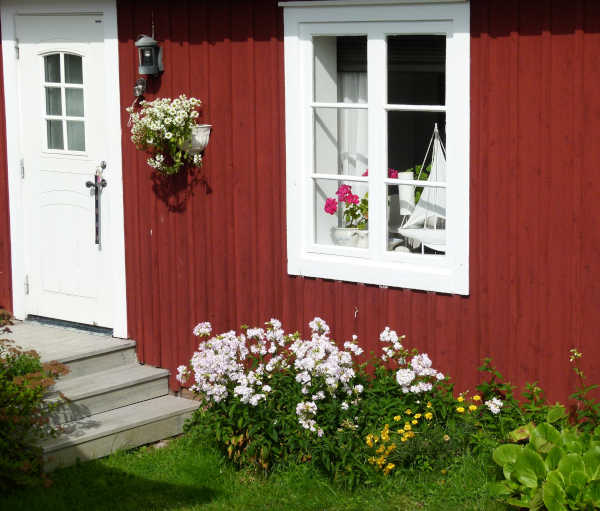Almost three weeks home and still a little bit in Sweden …
But as it always happens after a holiday – sooner or later you get back to your familiar routines.
Well, this is the final post on my thoughts and memories about that beautiful country up North. Everyday life in Germany has caught up with me again. And it’s not so bad here, either. ![]()
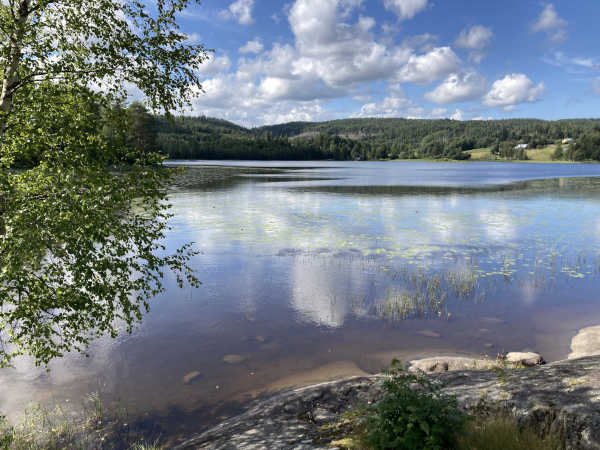
Actually, I miss the calm and more serene attitude of the Swedes compared to the hectic and pushiness many Germans seem to emanate.
This more quiet and laid back Swedish attitude is reflected in the soft lines of the landscape, the pretty and kind of „low key“ nature, and the traditional simplicity and shapeliness of the architecture in rural areas.
It gives you this special feeling that everything is alright and you can relax completely.
Lagom - the magic word
The Swedes have a word for this „balance of things“: Lagom.
This means the right measure, the ideal equilibrium, the basis for a happy life.
I can feel it when I look at pictures of the wooden houses in the typical red color with white window frames that appear so cozy and friendly. A real heart opener!
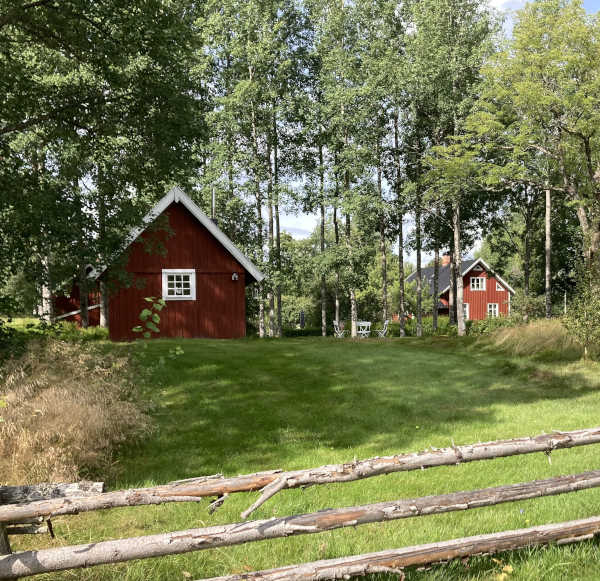
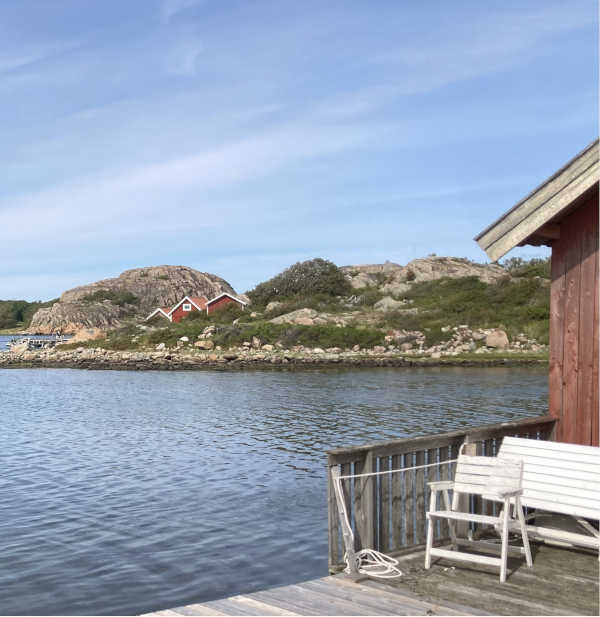
So, why are so many houses painted red? Not only in Sweden, but in Norway, too.
Is it because the “cool tempered” Northeners need some stimulating touches of warmth in their living space to get going?
Well, the simple truth is rather unromantic – it’s just practicality.
The red color comes from rocks that contain a lot of copper. And the big copper mine in the city of Falun used to not only supply the country with the valuable commodity. As a side effect, there was much material left that could be made into a robust house paint.
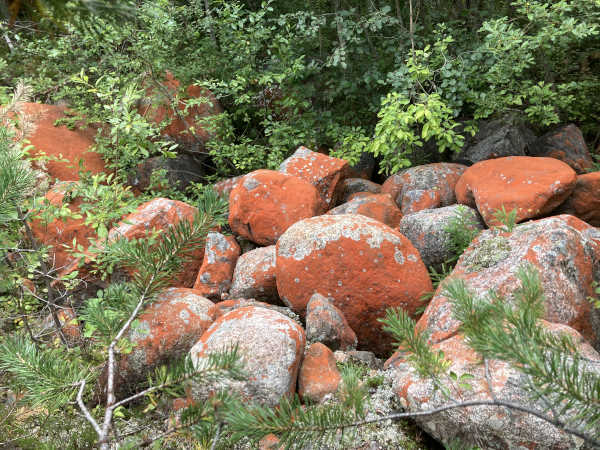
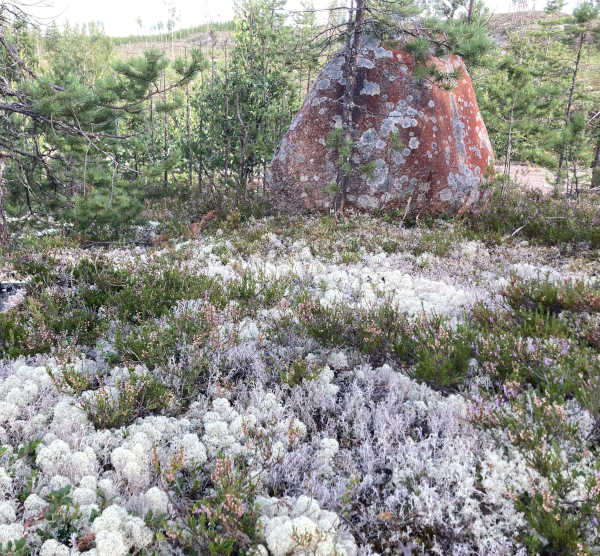
Why "Faluroed" is so special
While the Falun copper mine was closed a couple of years ago, the production of the paint still lives on. And it’s still cherished and widely applied.
The paint, called Faluroed (Falun red), contains a mixture of minerals and protects the wood from weather impact. At the same time it funcions as a natural herbicide and fungicide that helps prevent rotting.

Another very welcome side effect is that red houses make a good contrast in the snow-covered landscape in winter. So, it’s easy to find your way home.
Due to that well maintained tradition you can see a lot of red houses all over Sweden that are more than 100 or even 150 years old and still in very good shape.
